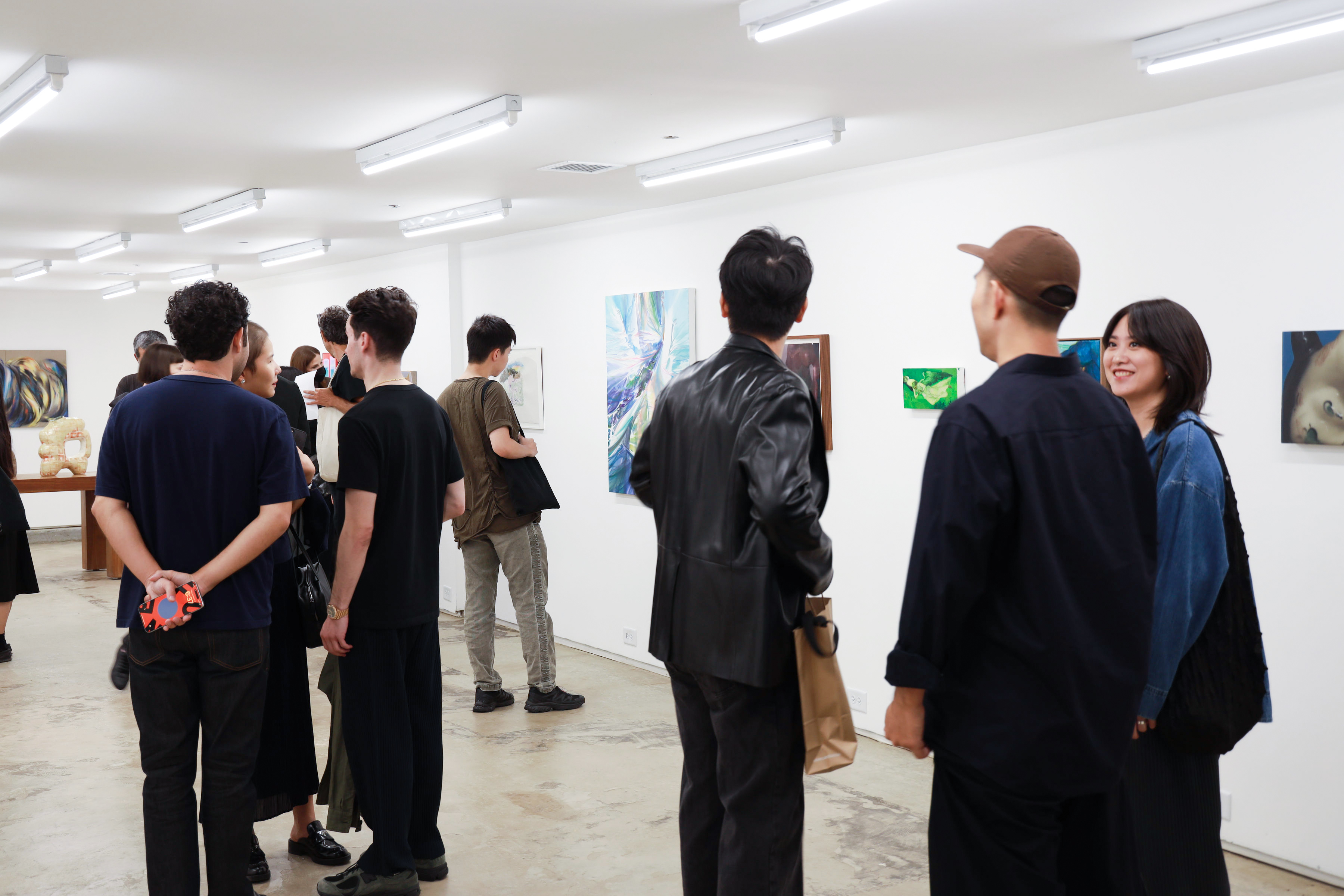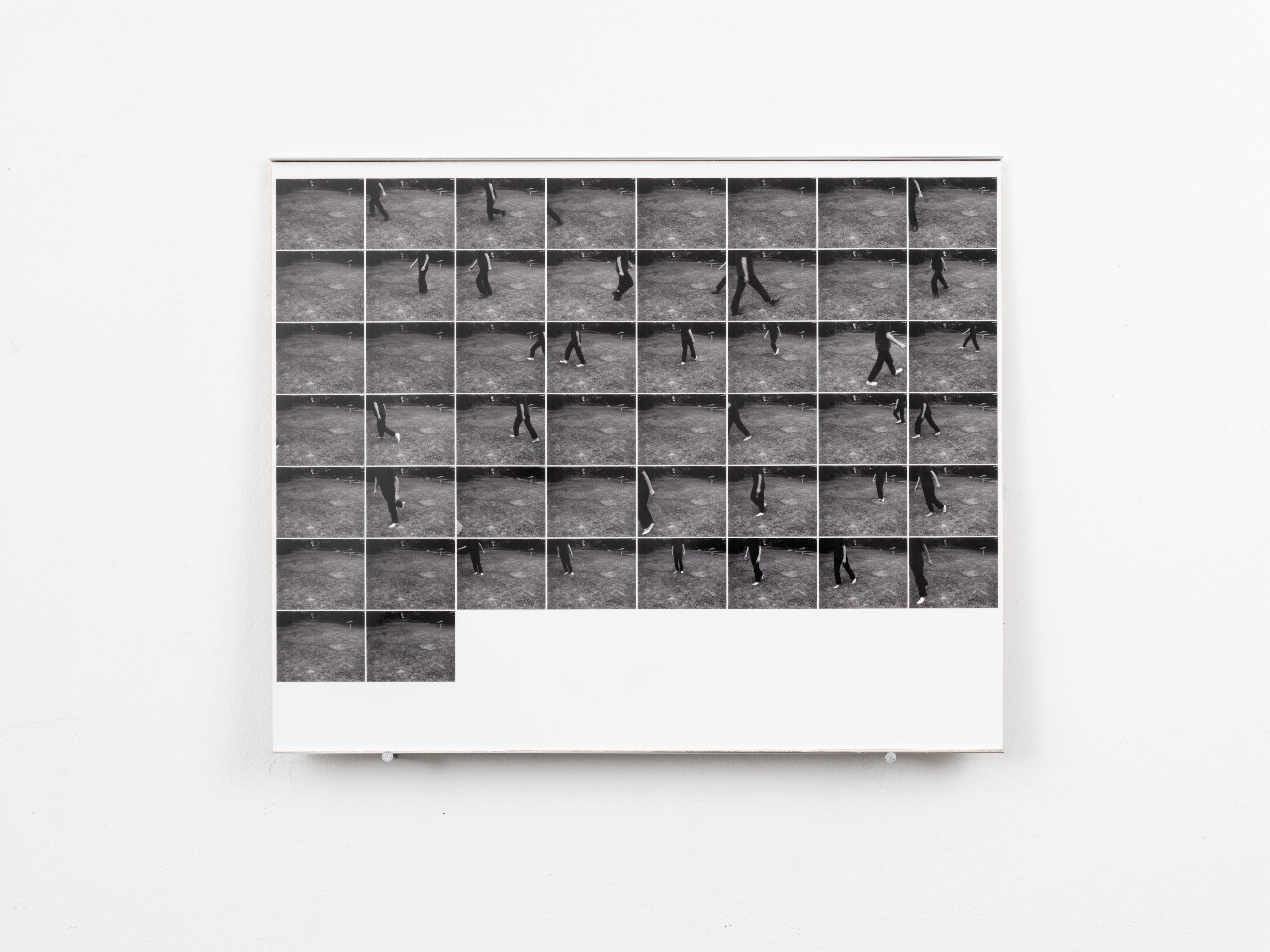
In Virginia Woolf’s The Waves, the story is framed and bisected by the image of a beach. The waves come in and out like a ‘sleeper whose breath comes and goes unconsciously’, and when the sun rises in the first scene of the book, the sea burns brighter and brighter until ‘an arc of fire burnt on the rim of the horizon, and all round it the sea blazed gold’. The sea becomes a transcendent and incandescent presence in the background of a story of life and grief, and it is this image that both begins and ends director Darius J. Rubin’s short film, In Service. Based on a personal experience of loss, the film goes on to explore the funeral service and reception of Isaac, a young man who has recently ended his own life. The coldness of the service contrasts with the intensity of the natural image of the sea, highlighting the distortions and aversions grievers employ to deal with the loss of a friend.

In Service’s opening and closing scenes are the tranquil frame for a film bursting with voices. It stars Beau Goodman as Hank, a friend of Isaac’s, and Martina Karra as Mary, Isaac’s girlfriend, but these performances highlight an extensive cast, including Achi Miller as Daniel, Ali Estrada as Marcus, Ruby Rankin as Tash, Gigi McQuarrie as Jen, and Jack Sochet as Henry. There are also several extras, including Sage Schachter and Carole Radziwill, packing the fifteen-minute short with a level of talent that could easily become overwhelming. However, cinematographer Yoshiya Yamamoto’s handheld camera technique ties each character together: the viewer feels as though they walk amongst a clamour of voices, becoming a lone observer amongst a chaotic and multi-faceted world.
This idea is highlighted by In Service’s epigraph, which reads: ‘In the depth of winter I finally realized that within me there lay an invincible summer’. It’s a quote from Albert Camus’ short essay, Return to Tipasa, in which he explores his experience in escaping the ‘clamour in which we live’ to Tipasa’s ancient ruins. As Hank stands alone beside the advancing waves at the beginning and end of the film, he and the viewer escape the clamouring service and reception for the tranquility of nature. The waves, like Camus’ ruins, represent an ancient force— something bigger than the minutiae presented within the film. This contrast between chaos and deep tranquility highlights the impersonal coldness with which people try to cover their grief. Despite the appearance of fullness, the funeral reveals an emptiness of emotion, a dearth of human thought and life, which Hank must overcome to rediscover the transcendence of the ocean scene.

This framing positions the natural world as a symbol of truth and vulnerability. However, on watching I noticed that most of the grieving occurs shielded by stained glass, whether in the windows of the service room or the lenses of the sunglasses worn by many of the characters. Natural light rarely reaches them unfiltered, drawing attention to Rubin’s presentation of the ‘ways that people don’t process their emotions’. The glass represents a lens through which what is important is distorted, and the characters don’t have to confront what they truly feel. Instead, their energies are dissipated into the clamour of their various performances of grief, whether that’s an impersonal speech from Isaac’s father, a social media post in his memory, or a self-centered telling of an anecdote in which he features. Unlike in the transcendent frame, the picture within imposes a barrier between the clamour of the world and the beauty of true feeling.
The metaphor of the picture and the frame is apt, in that the visual arts exist to create a representation of an object or concept. Often, they reflect more about the artist or the viewer than they do of their chosen subject. Isaac, the subject of the service, is pushed so far into the background that he becomes a shadow, perhaps even becoming the viewer, roaming the funeral from behind a wobbly lens, with little point of reference to cling to. He becomes incorporeal, existing only in the stories of his friends and in his portrait, sitting on a white canvas in a background shot. When the reception scene first opens, the camera pans over a dimly lit dining table, where the food laid out contains a gravitas reminiscent of a Golden Age still life. It creates the impression of depth, but as the food is eaten and the lights come on, the characters are just as distant, Isaac just as incorporeal, as before.

However, the first hints of true human connection come when Hank speaks to Isaac’s sister in the garden. Sunglasses off, in the natural light, they have a short exchange:
‘He loved you a lot.’
‘He loved you too.’
The dialogue echoes the intimacy of an exchange of love, and the viewer experiences the film’s first dialogue between two people who cared deeply for Isaac. However, there is still a barrier between them. Each character speaks through Isaac, or, more accurately, for him, and Isaac’s sister, played by Nanoush Rubin, ultimately returns to the reception. The gulf isn’t quite crossed. However, when Hank talks with Mary, Isaac’s girlfriend, they discuss their mutual feelings of guilt openly and without pretense. They finally come face to face with their feelings, without the various obstructions detailed in previous scenes. Darius describes a ‘satisfaction and release that they’ve found each other. Only through their conversation can they find any cathartic energy released’.
The viewer remains in the dark, but as Hank and Mary drive away and the scene cuts back to the beach, they can experience what they feel as they come to terms with their grief. The sand is fresh and un-spoilt by footprints, and the sun still casts a golden glow over the scene. As Camus writes of the ruins of Tipasa, ‘there the world began over again every day in an ever new light’.

In Service premiered at the New York Shorts Film Festival on October the 11th-18th, and for a friends and family screening at the ROXY Cinema on October the 23rd. The film is set for a public release in December 2024.
Watch the preview trailer for In Service here.
All sunglasses featured in the film are generously sponsored by Nico Eyewear.






